Step into Francesca Woodman and Julia Margaret Cameron's dreamy photographs in London
'Portraits to Dream In' is currently on show at London's National Portrait Gallery
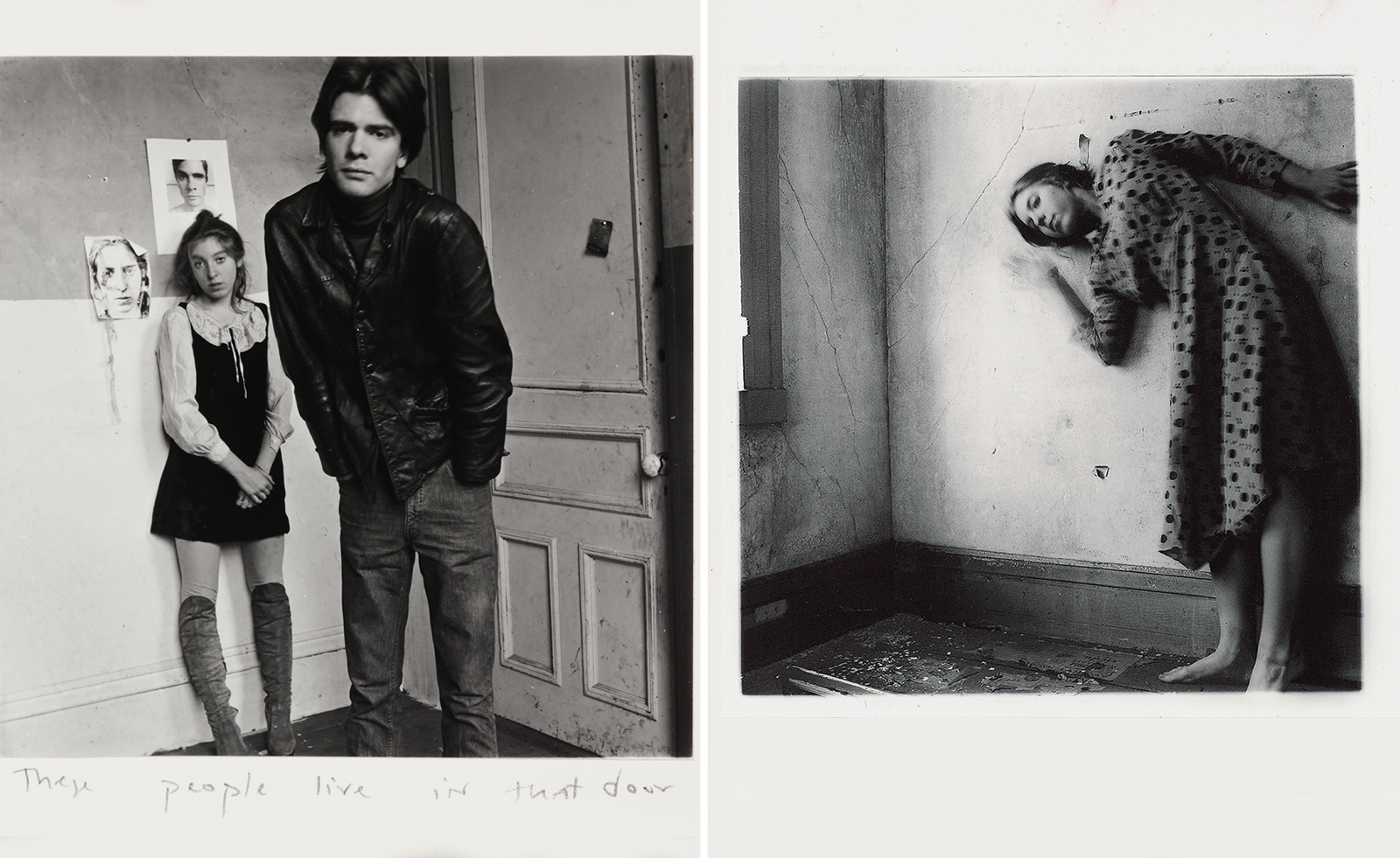
For those familiar with the work of Francesca Woodman and Julia Margaret Cameron, it’s not immediately obvious why the National Portrait Gallery has brought these two photographers together. Woodman's art emerged during the rise of second-wave feminism and Post-Minimalism, her images haunted by the influence of contemporaries like Ana Mendieta and Deborah Turbeville. Cameron’s work, meanwhile, is distinctly Victorian. The soft focus of her photographs evokes a heavily Christian, English sensibility of feminine beauty; her female sitters often idealised as wives and mothers. Spanning a century and continents apart, there is no direct lineage between Cameron and Woodman’s photo-making – at least, not one Woodman ever directly references.
Despite these disparities, 'Portraits to Dream In' boldly argues for a radical reassessment of each woman's work. It’s Woodman from whom the show derives its title – photographs should be 'places for the viewer to dream in,' she declares. Eschewing biographical and historicist tradition, it’s precisely this dreamlike quality to their photos that curator Magdalene Keaney uses to connect their photographs; ethereal, spectral, lyrical.
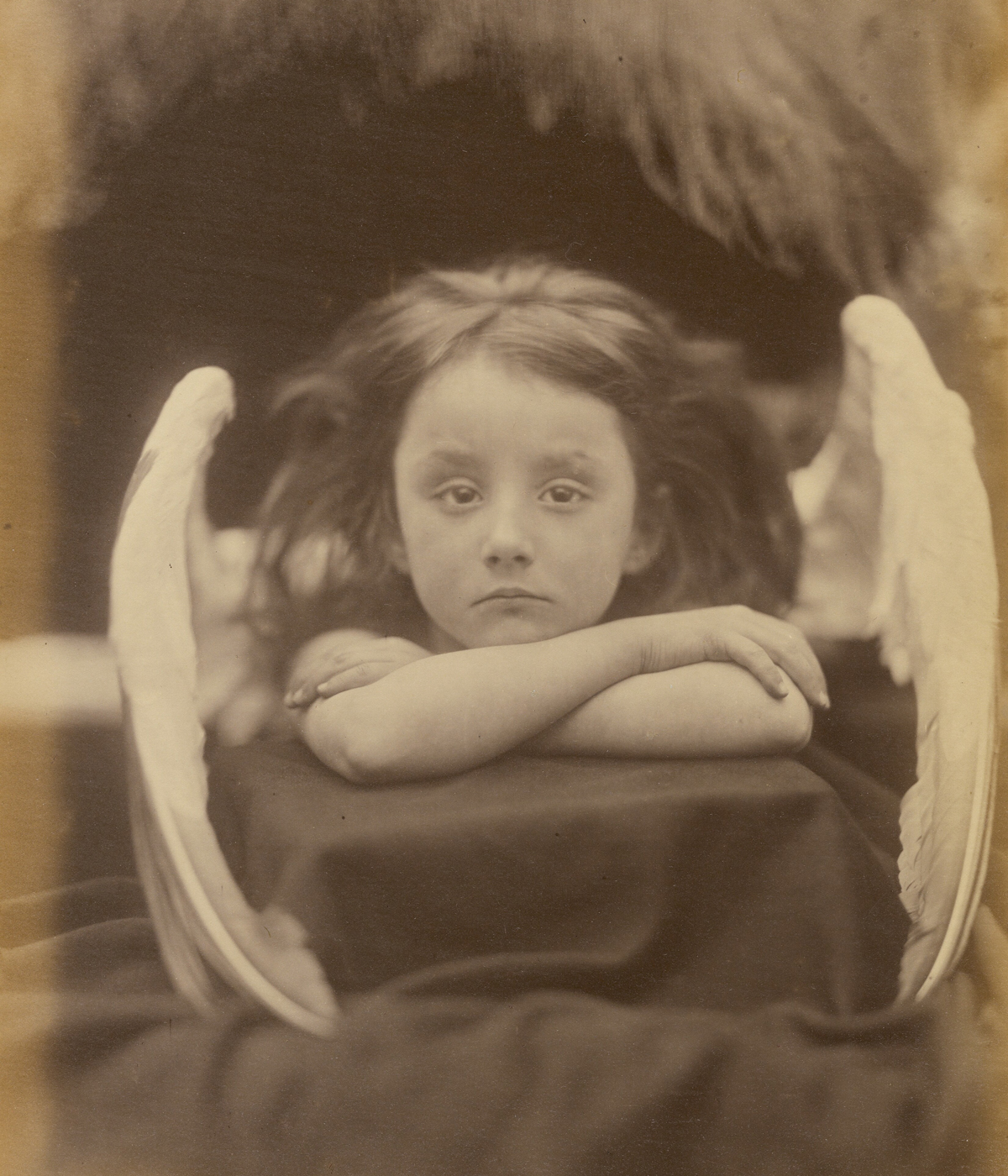
I Wait (Rachel Gurney) by Julia Margaret Cameron, 1872. The J. Paul Getty Museum, Los Angeles
Both Cameron and Woodman imbue their images with allusions to saints and Christianity. Cameron's sepia portraiture is laden with Biblical symbolism; cherubs embracing, saints praying, and prophetesses wandering in cloaks. Her tableaus evoke a private, almost clandestine world inhabited solely by women. The gaze is distinctly female and introspective, akin to the Pre-Raphaelites but with a quieter presence. Woodman’s Angels series likewise feature prominently in the exhibition, perhaps the most striking of which (Untitled, c. 1977–78) shows a young woman suspended from a doorway as if she were being crucified, bathed in a burst of light.
Greek mythology is another significant influence in both women’s work. In her unusually large Caryatid series, Woodman’s women embody architectural elements reminiscent of temple support figures. Towering over two metres tall, these monumental diazotype prints of headless women, inspired by classical architectural sculptures, command attention in a room suffused with the pinkish hues of twilight. This departure in scale and arresting presence contrasts sharply with Cameron's draped figures in Teachings from the Elgin Marbles (1867), almost diminished by comparison.
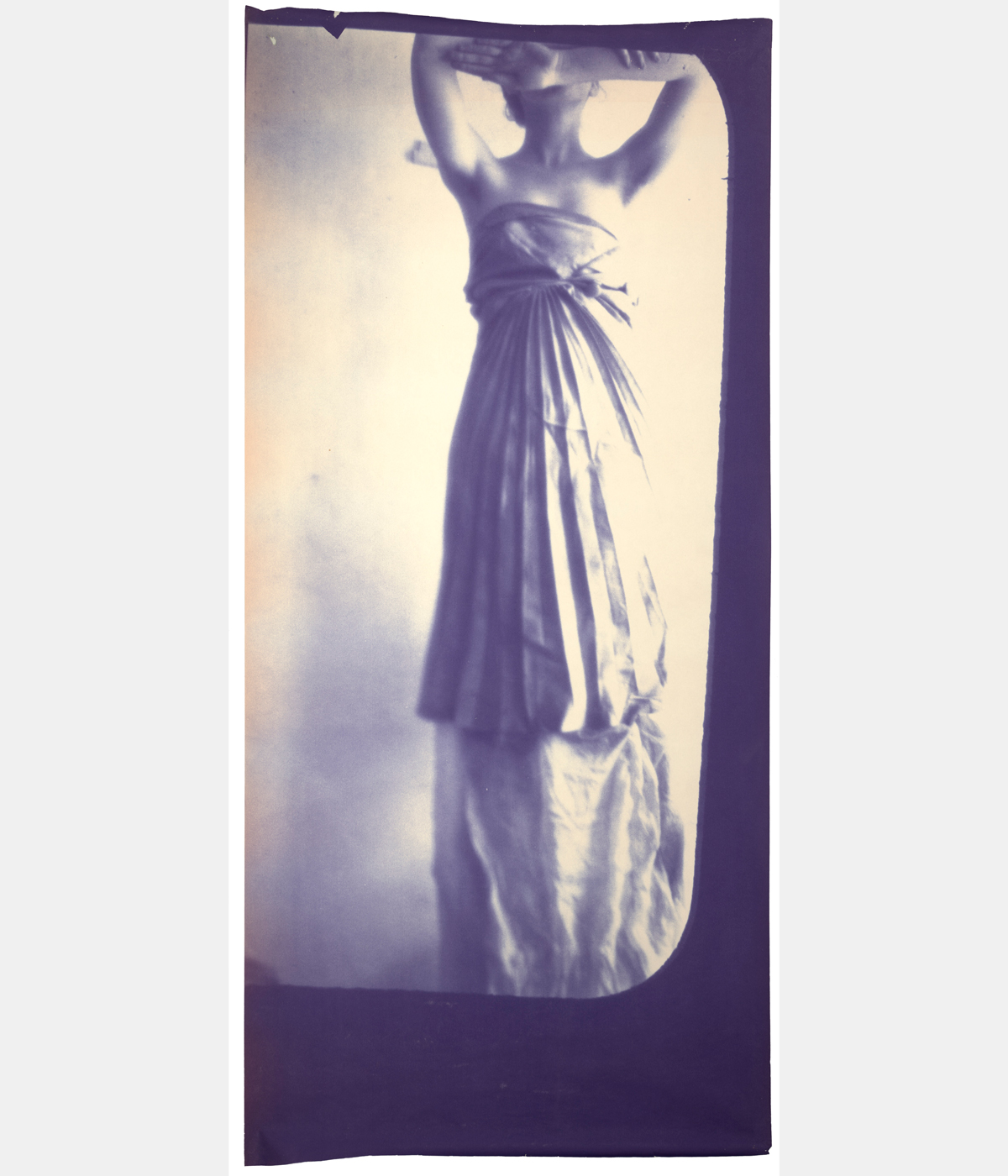
Untitled, from the Caryatid series by Francesca Woodman, 1980. Courtesy Woodman Family Foundation / DACS, London
One of the most stark differences in Cameron and Woodman’s photos are their subjects. Notoriously, Cameron’s sitters included Robert Browning, Alice Liddell, Henry Taylor, Alfred Lord Tennyson, and Charles Darwin. Woodman, however, was often the subject of her own photos, which she used to convey self-revelation and theatricality, challenging the restrictions of her medium to instil imagery with narrative and allegorical elements. She was drawn to the symbolic nature of the female nude and the tranquillity of natural settings, often incorporating mirrors and vitrines to hint at metamorphosis and paradox within her compositions. As much as the medium-format cameras and gelatin silver prints she used to create her images, Woodman herself was an essential part of her artistic methodology.
While links between photos risk feeling tenuous, Keaney ultimately presents a new paradigm for creative dialogues across different eras, styles, subjects, and technical approaches. The result is something profoundly intriguing, if occasionally abstruse.
'Portraits to Dream In' is currently on show at London's National Portrait Gallery until 16 June 2024
Receive our daily digest of inspiration, escapism and design stories from around the world direct to your inbox.
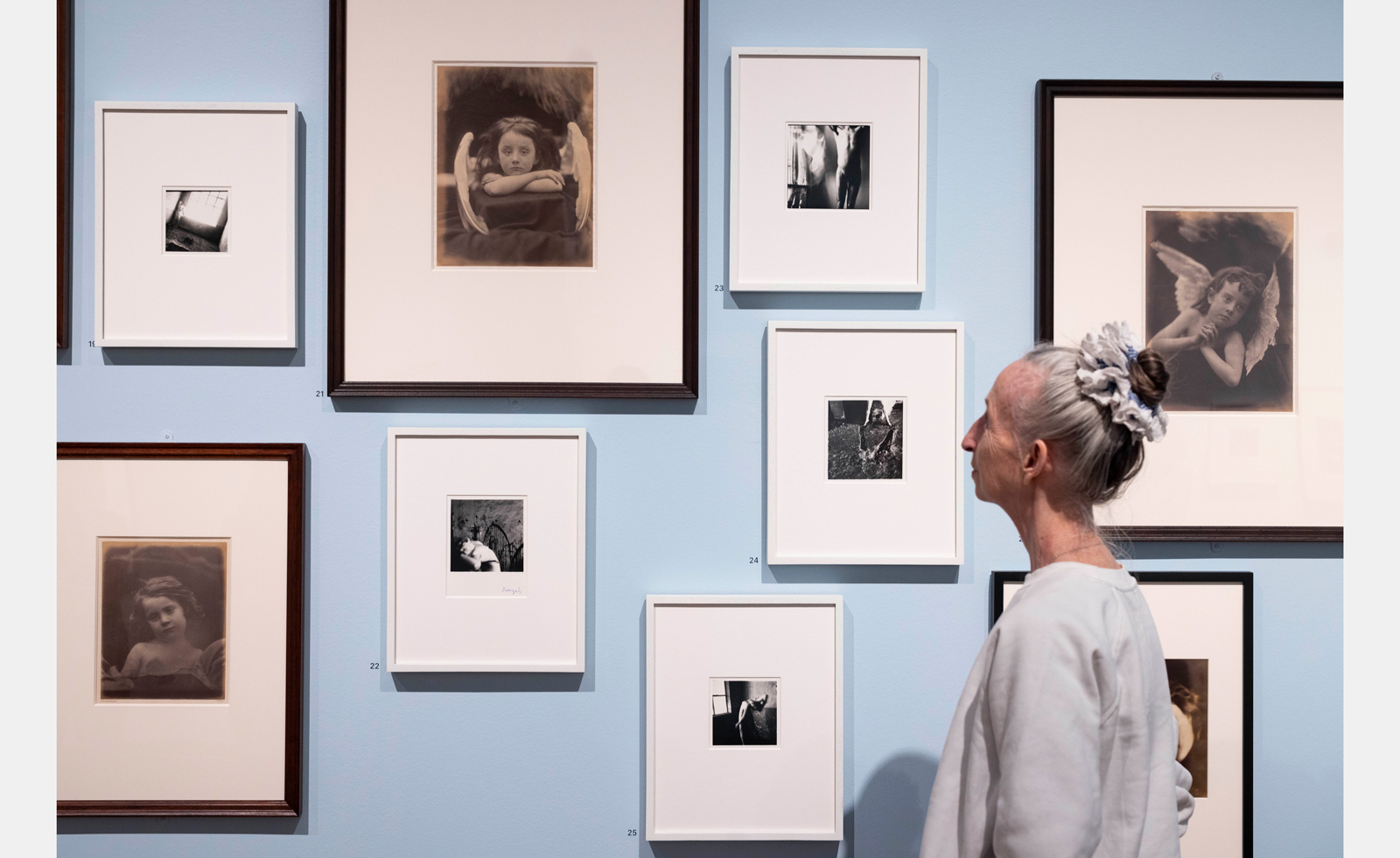
Installation view at the National Portrait Gallery. Photo: David Parry
Katie Tobin is a culture writer and a PhD candidate in English at the University in Durham. She is also a former lecturer in English and Philosophy.
-
 The Wallpaper* Design Awards are back in 2026 – see who's shortlisted
The Wallpaper* Design Awards are back in 2026 – see who's shortlistedOur annual design awards returns in January – here are the first shortlisted nominees
-
 RIBA House of the Year 2025 is a ‘rare mixture of sensitivity and boldness’
RIBA House of the Year 2025 is a ‘rare mixture of sensitivity and boldness’Topping the list of seven shortlisted homes, Izat Arundell’s Hebridean self-build – named Caochan na Creige – is announced as the RIBA House of the Year 2025
-
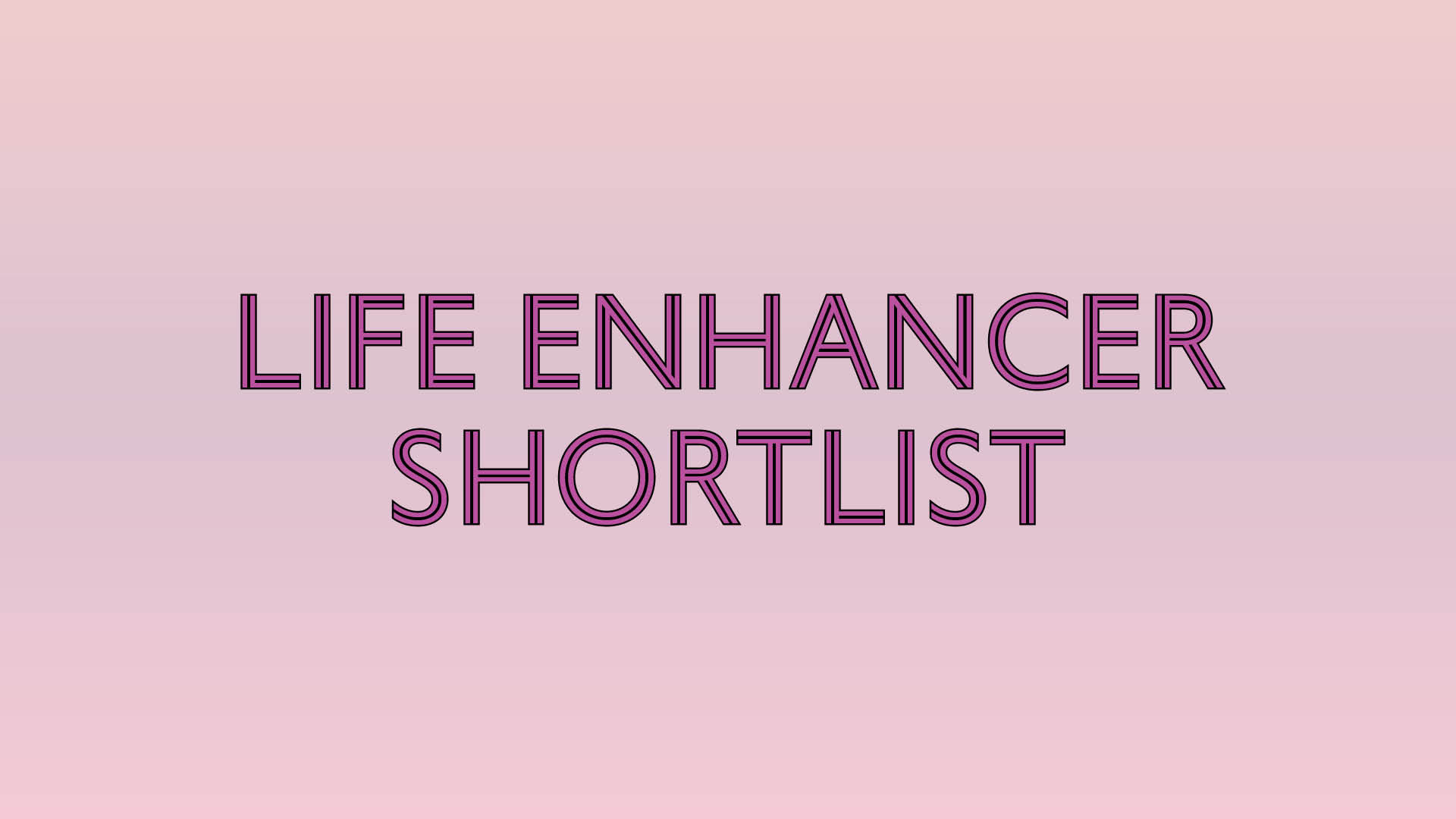 Wallpaper* Design Awards 2026: Life-enhancer of the year shortlist
Wallpaper* Design Awards 2026: Life-enhancer of the year shortlistDiscover the shortlist for Life-Enhancer of the Year in the Wallpaper* Design Awards 2026, from an innovative night light to a blueprint for play
-
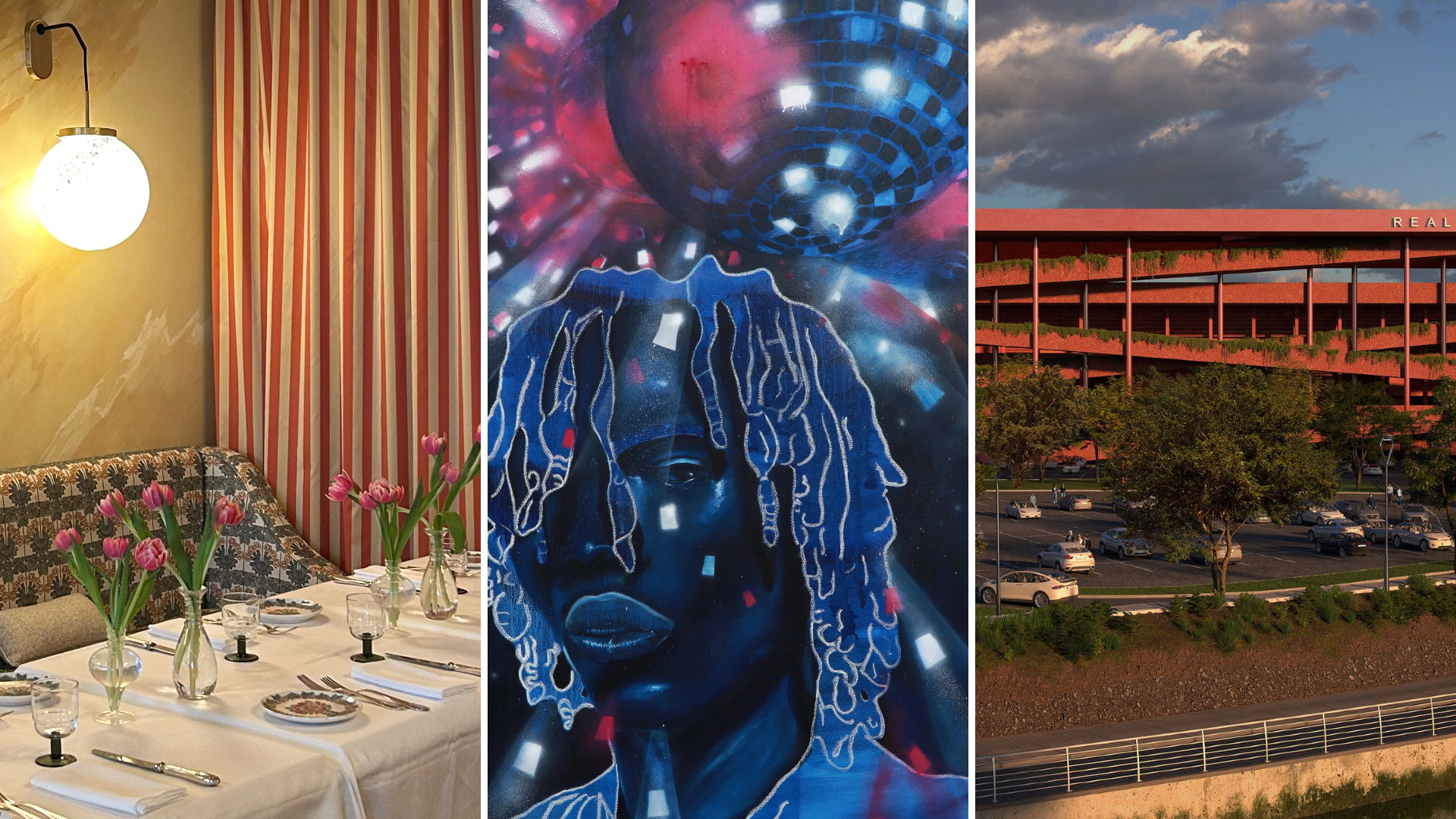 Out of office: The Wallpaper* editors’ picks of the week
Out of office: The Wallpaper* editors’ picks of the weekIt’s wet, windy and wintry and, this week, the Wallpaper* team craved moments of escape. We found it in memories of the Mediterranean, flavours of Mexico, and immersions in the worlds of music and art
-
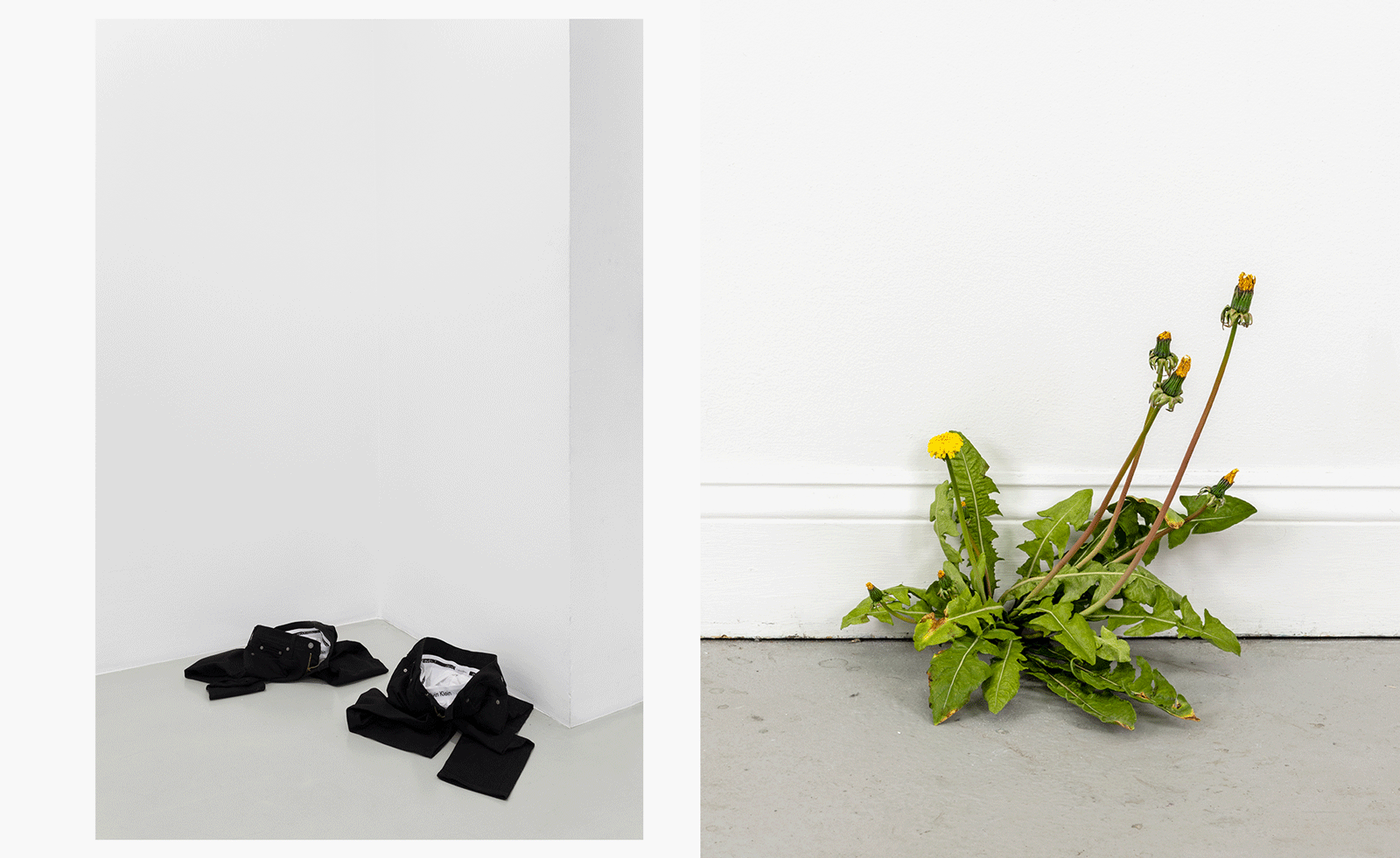 Each mundane object tells a story at Pace’s tribute to the everyday
Each mundane object tells a story at Pace’s tribute to the everydayIn a group exhibition, ‘Monument to the Unimportant’, artists give the seemingly insignificant – from discarded clothes to weeds in cracks – a longer look
-
 Out of office: The Wallpaper* editors’ picks of the week
Out of office: The Wallpaper* editors’ picks of the weekThis week, the Wallpaper* team had its finger on the pulse of architecture, interiors and fashion – while also scooping the latest on the Radiohead reunion and London’s buzziest pizza
-
 Out of office: The Wallpaper* editors’ picks of the week
Out of office: The Wallpaper* editors’ picks of the weekIt’s been a week of escapism: daydreams of Ghana sparked by lively local projects, glimpses of Tokyo on nostalgic film rolls, and a charming foray into the heart of Christmas as the festive season kicks off in earnest
-
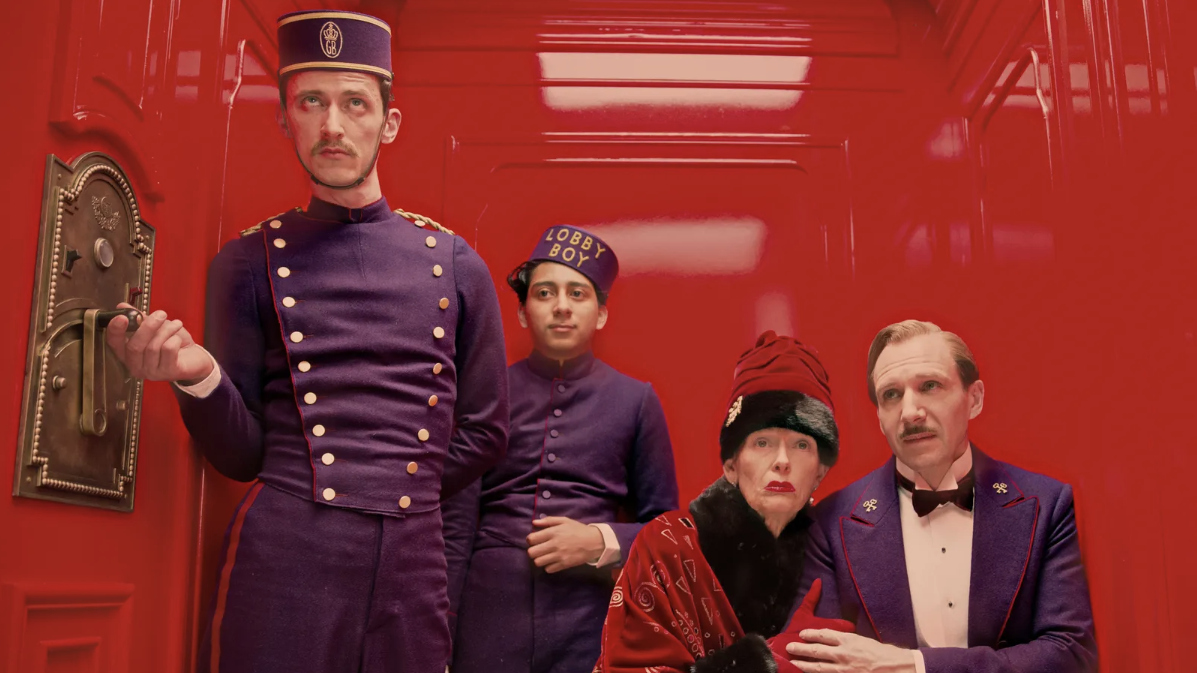 Wes Anderson at the Design Museum celebrates an obsessive attention to detail
Wes Anderson at the Design Museum celebrates an obsessive attention to detail‘Wes Anderson: The Archives’ pays tribute to the American film director’s career – expect props and puppets aplenty in this comprehensive London retrospective
-
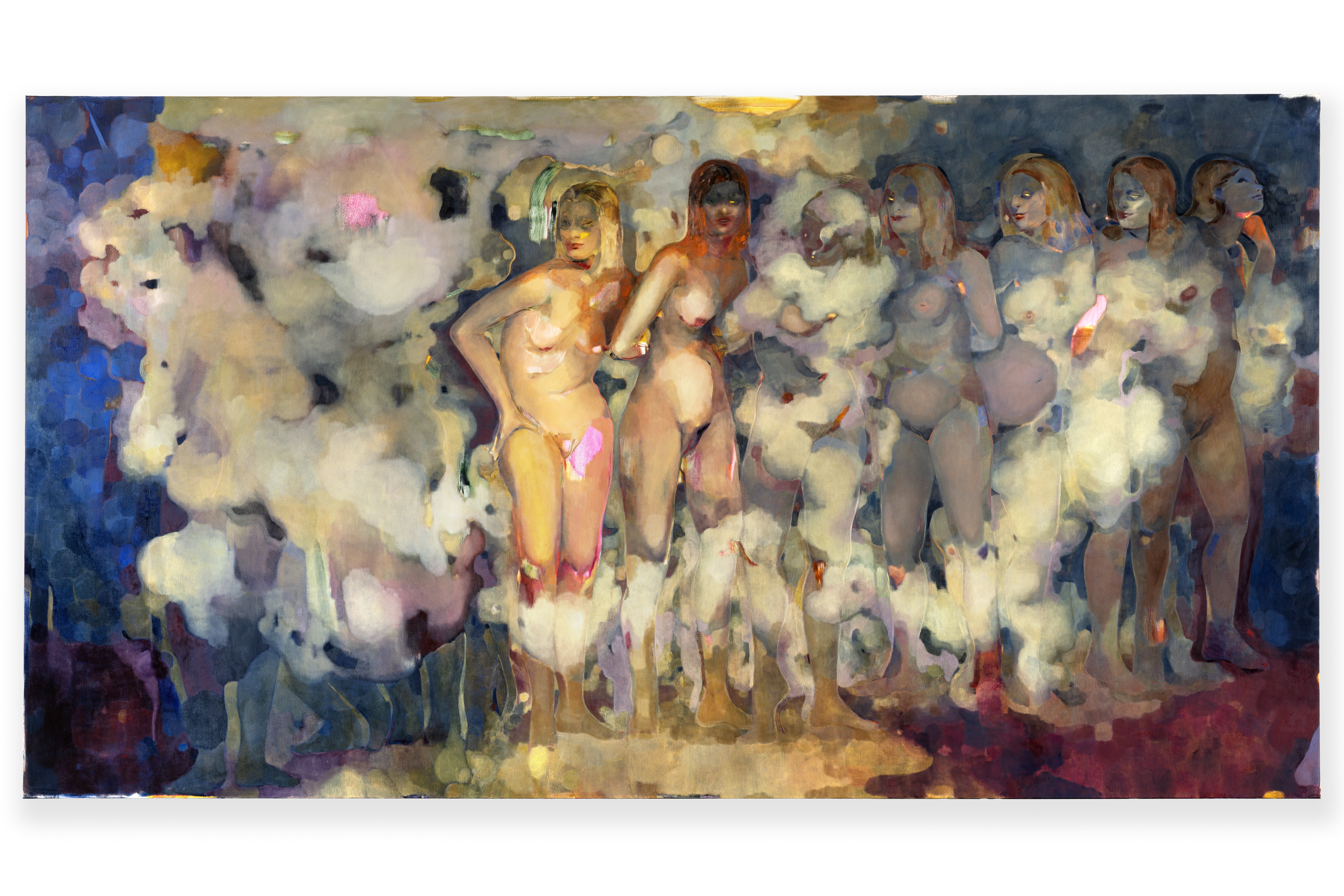 Meet Eva Helene Pade, the emerging artist redefining figurative painting
Meet Eva Helene Pade, the emerging artist redefining figurative paintingPade’s dreamlike figures in a crowd are currently on show at Thaddaeus Ropac London; she tells us about her need ‘to capture movements especially’
-
 David Shrigley is quite literally asking for money for old rope (£1 million, to be precise)
David Shrigley is quite literally asking for money for old rope (£1 million, to be precise)The Turner Prize-nominated artist has filled a London gallery with ten tonnes of discarded rope, priced at £1 million, slyly questioning the arbitrariness of artistic value
-
 Out of office: The Wallpaper* editors’ picks of the week
Out of office: The Wallpaper* editors’ picks of the weekThe rain is falling, the nights are closing in, and it’s still a bit too early to get excited for Christmas, but this week, the Wallpaper* team brought warmth to the gloom with cosy interiors, good books, and a Hebridean dram